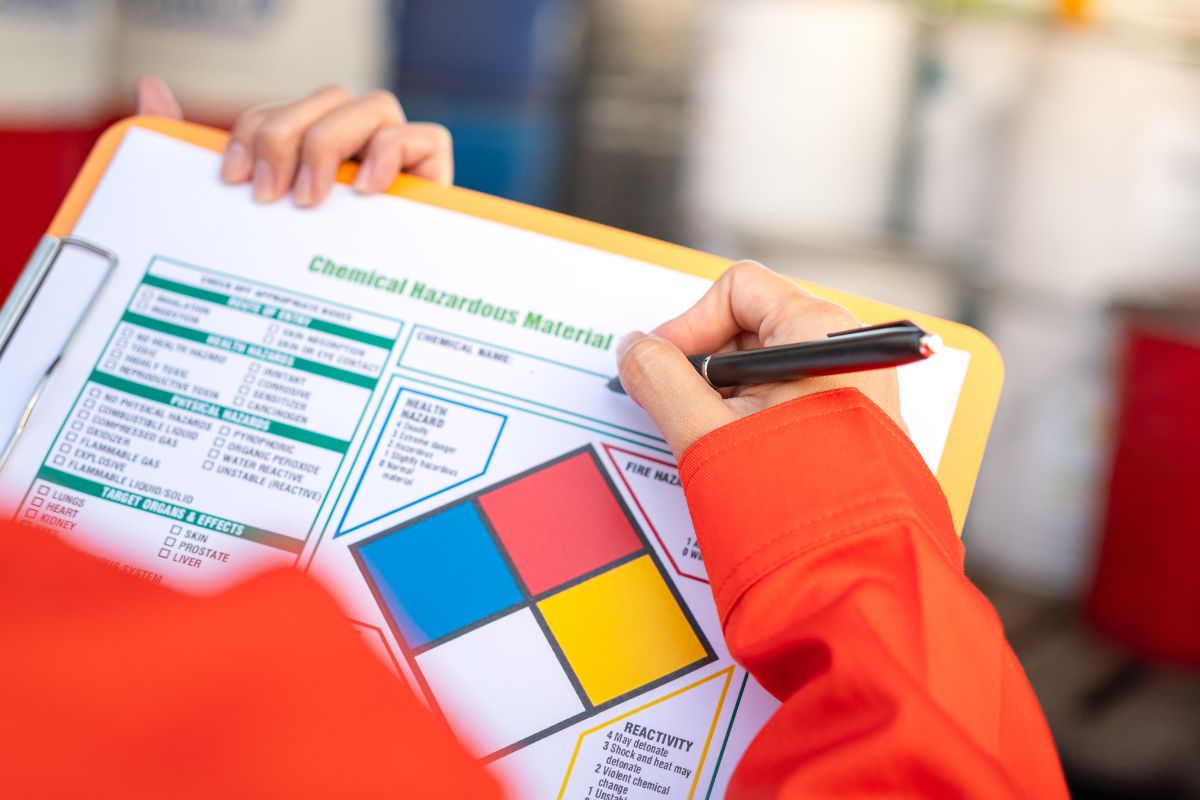The 4 Characteristics of Hazardous Waste

The term “hazardous waste” says a lot without really saying anything specific. Clearly, hazardous waste is bad and is necessary to avoid. Left unchecked, hazardous waste can cause health issues, damage the environment, hurt wildlife, and risk lives. But different types of hazardous waste are harmful in different ways. Here’s a quick survey of the four characteristics of hazardous waste and how professionals like Clean Management handle them.
Ignitable
If it can catch fire, it’s ignitable. Ignition can be spontaneous or come about due to various external factors, such as friction, heat, moisture, or something else. Ignitable wastes can be solids, compressed gases, or liquids. They’re especially hazardous because they ignite swiftly and continue to sustain dangerous heat and flames until put out. Waste oils and solvents are prone to ignitability. A specialized waste disposal professional must handle them so that they don’t come into contact with conditions that might spark a fire.
Corrosive
Corrosive wastes include solid and liquid materials. These include acids and bases that produce acidic and alkaline solutions. Corrosive materials must remain in containers that won’t react badly with their contents. Depending on the substance, the waste product must remain in a container of glass or inert plastic with a tight cap. You shouldn’t use metal containers to store acids and bases since they eventually leak, break, or rust, releasing the material into the environment.
Toxic
Toxicity is a broad designation. Essentially, toxic waste is any kind of waste that can harm or kill a living thing. Such wastes cause harm by leaching into the environment, particularly groundwater. They can enter an organism via eating, drinking, breathing, and absorption. A substance is toxic if it meets the criteria of any the following: the federal Toxicity Characteristic Leaching Procedure (TCLP), the California Total Threshold Limit Concentration (TLLC), and Weaste Extraction Test (WET). Toxic substances can also have acute oral, dermal, inhalation, and aquatic toxicity and carcinogenicity (the material’s ability to cause cancer).
Reactive
Reactivity is the last of the four characteristics of hazardous waste. This category usually denotes waste that may explode or emit toxic fumes, vapors, and gases under certain conditions. Reactive materials will explode or produce toxic gases if they mix with water or other chemicals, heat up, or experience high levels of pressure. Reactive hazardous waste includes batteries, aerosol cans, concentrated sodium and potassium, explosives, and more.
If you have a hazardous waste removal job in mind, contact Clean Management for a consultation. We have years of experience in the safe removal of the above and other forms of waste as well.
